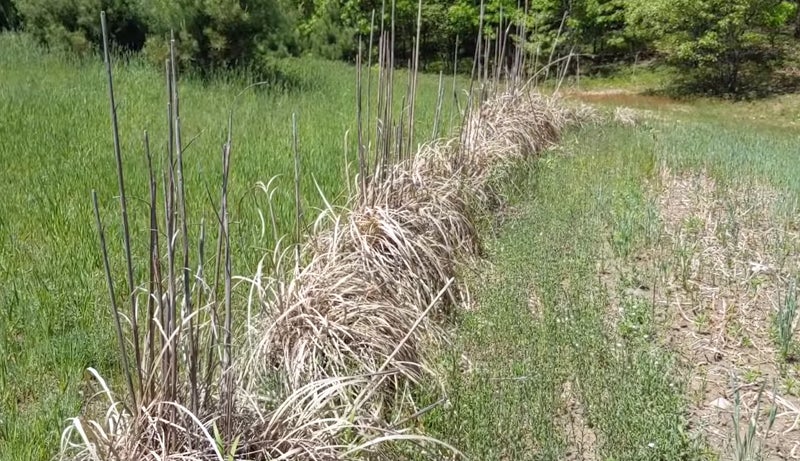Best and Worst Plants for Deer Screening
Russ Chastain 01.03.20

For hunters concerned about improving habitat, there’s a little thing called “screening.” It consists of planting things that will grow up to form a sort of a brushy barrier for deer to hide behind. This helps the deer — especially the mature ones — feel more comfortable. And when they’re comfortable, they are much more likely to stay on your property.
In this video, Jeff Sturgis talks about screening and how you can use it to draw deer onto (or closer to) your property.
There are some bad ideas when it comes to screening. One he says is “a fad” which started in Michigan is the use of ornamental grasses for screening, specifically Miscanthus giganteus, described as “a perennial grass with bamboo-like stems that can grow to heights of more than 13 feet in one season.”
Jeff says that while it does sometimes work to provide a screen, he also says “it is not appropriate at all.” For one thing, it’s a lot more work (and a lot more expensive) than planting something like switchgrass.
Other suggestions include staggered rows of pine trees, which last for decades and will probably be hardier than the Miscanthus giganteus.
What else should you avoid? Any sort of screening that uses food plants such as sorghum, sunflowers, or corn. Why? Because the purpose of screening is to make the deer feel comfortable by creating a barrier that will prevent them from seeing you; if you make the screen an attractant, you’ve just invited deer to spend a lot of time at the supposed barrier between you and them.
Enjoy the video.